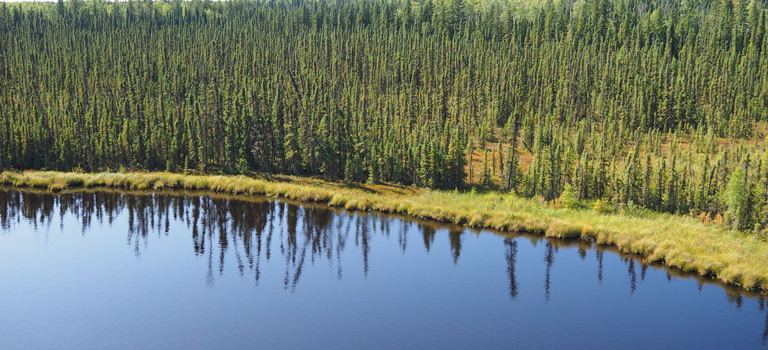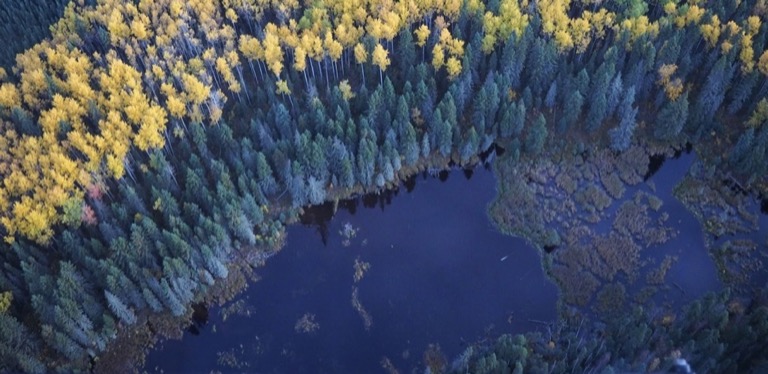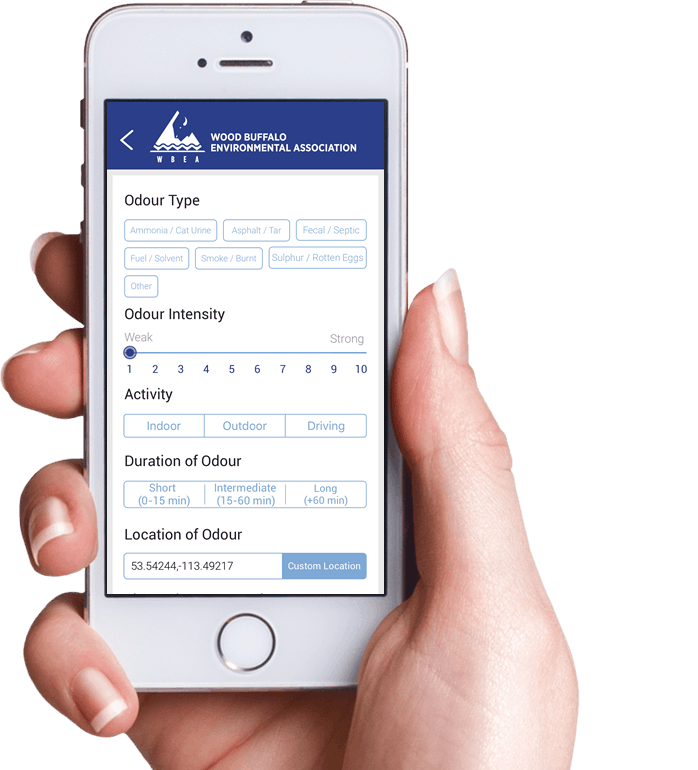About Odours
Some humans have a sensitive sense of smell and can detect odours even when chemicals are present in very low concentrations. Most odours that occur in ambient air (i.e., outdoor air that is not on an industrial site) are caused by very small traces of chemicals. The ability to smell a particular odour varies from person to person due to variations in their sensitivity and depends on the concentration of the pollutant.
Meteorology and Odours
Atmospheric conditions and weather can affect pollutants that have been released into the air. As an air pollutant, which may or may not have an odour, is transported from the source from which it was emitted to a community, the pollutant mixes into the surrounding air so that it arrives at a much lower concentration than it was when it initially emitted. The concentration of an air pollutant that reaches a community is due to many variables, including the amount of the pollutant released at the source, the height of the source, the distance from the source to the community, the surrounding topography, and local weather conditions. The most important weather influences are wind speed, wind direction, precipitation, sunlight, and the amount of turbulence in the atmosphere. Generally, strong winds disperse pollutants, whereas light winds can allow pollutants to build up over an area. The wind direction determines where emissions are transported.


















